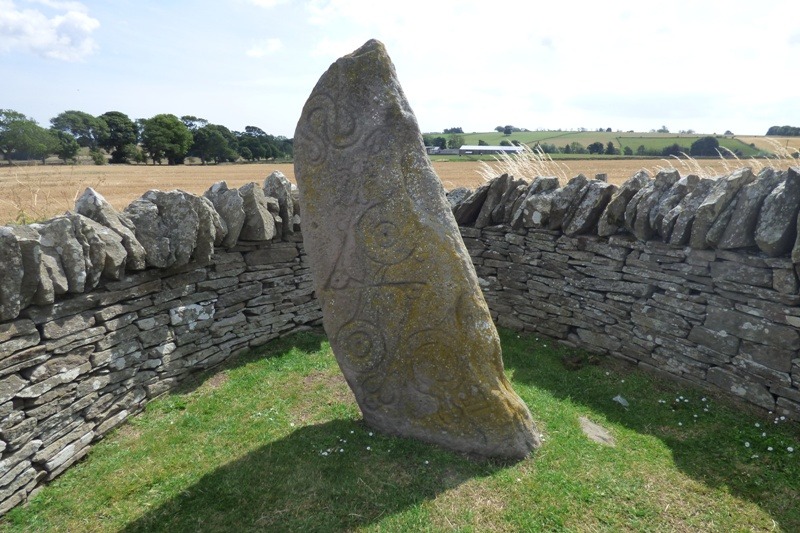A trip starting from Edinburgh and heading north to see the Pictish stones, remnants of an ancient civilization, is a fascinating experience.

As the masons head to work with the Stones on their minds and the Beatles on the radio, the fanfare of daffodils on the roadside responds to the sound of the van, resonating with “Got to Get You Into My Life.”
The Historic Environment Scotland stonemasons arrive at Aberlemno village hall for an important task. The Pictish monoliths, for which this area in Angus is renowned, spend winter in protective wooden shelters to safeguard them against frost. Now, as spring approaches, the stonemasons are working to uncover them.
There are three stones at the roadside and a fourth in the churchyard that have stood in this vicinity for up to 1,500 years. After swift work with screwdrivers and stepladders, their faces are now exposed to another season in the light.
As the sun rises, shadows recede, and the carvings are unveiled: a serpent, a centaur, and symbols of unknown significance known as Z-rods and V-rods. The most remarkable stone portrays a battle scene where a stone crow feasts on the corpse of a slain king while its living descendants squawk and rattle in trees overhanging Aberlemno’s churchyard.
Accompanying me to the visitor centre is Dan Ralph, renowned in Burghead as the Clavie King, who leads an annual fire ritual. During the ceremony, a burning tar barrel is carried through the streets and set ablaze on what were once the fort’s ramparts. It is a spectacular event and may have been a remarkable sight in Pictland. Ralph, who is 74, thinks that the ritual has its origins in a long-ago ceremony of the local inhabitants. Though the Picts may seem unfamiliar to us, they are simply Ralph’s forebears.



